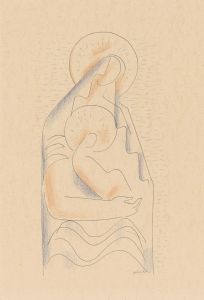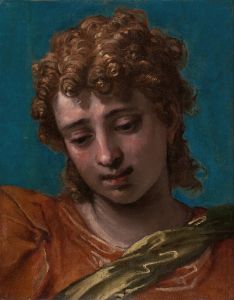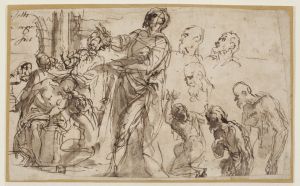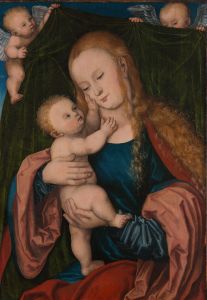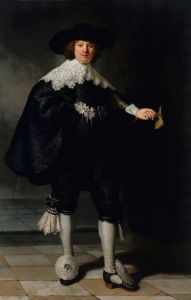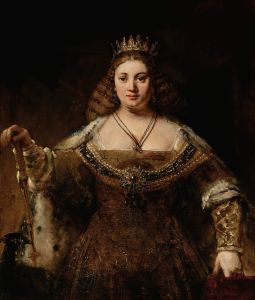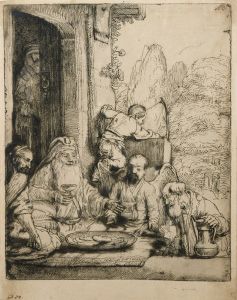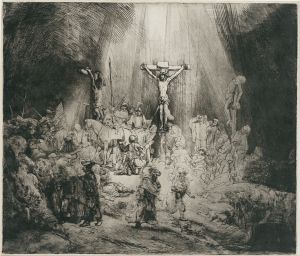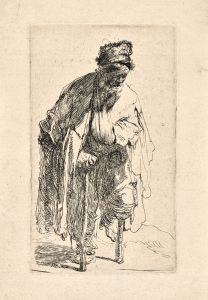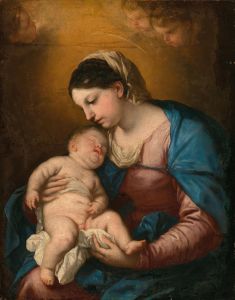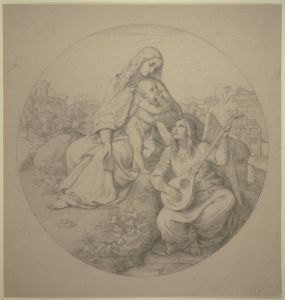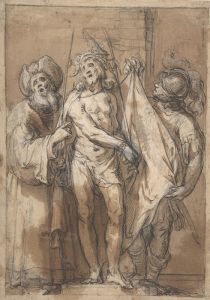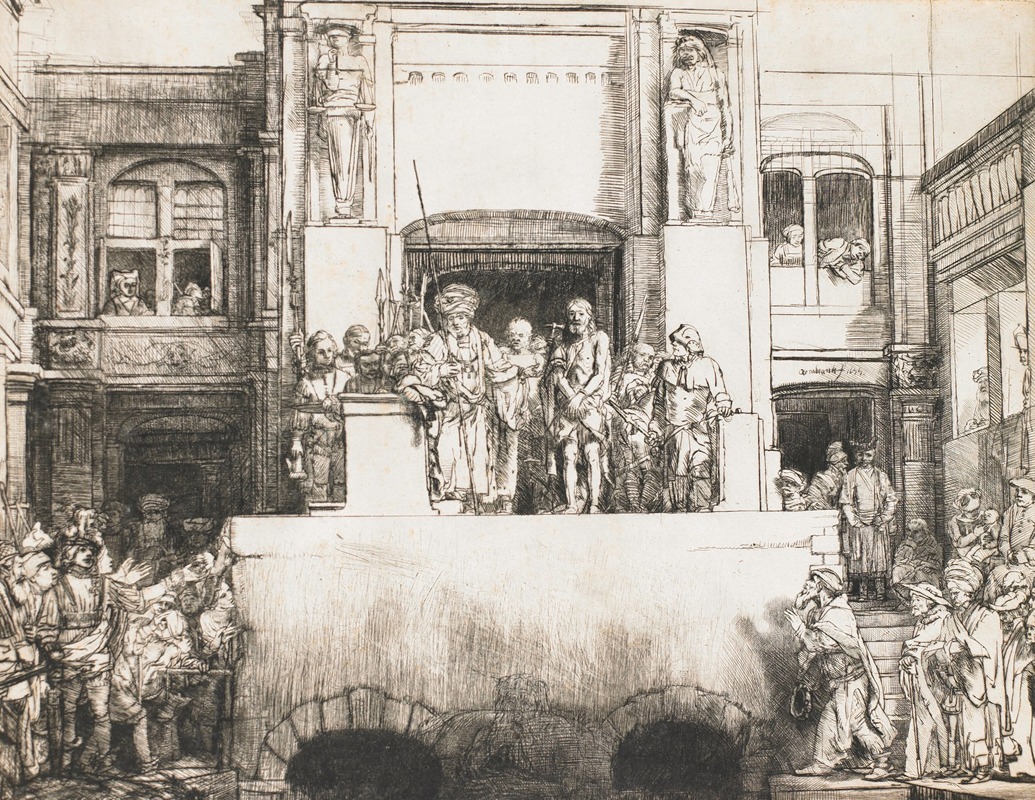
Christ Presented to the People
A hand-painted replica of Rembrandt van Rijn’s masterpiece Christ Presented to the People, meticulously crafted by professional artists to capture the true essence of the original. Each piece is created with museum-quality canvas and rare mineral pigments, carefully painted by experienced artists with delicate brushstrokes and rich, layered colors to perfectly recreate the texture of the original artwork. Unlike machine-printed reproductions, this hand-painted version brings the painting to life, infused with the artist’s emotions and skill in every stroke. Whether for personal collection or home decoration, it instantly elevates the artistic atmosphere of any space.
"Christ Presented to the People" is a painting by the renowned Dutch artist Rembrandt van Rijn, completed in 1655. This work is also known by its Latin title, "Ecce Homo," which translates to "Behold the Man." The painting is a significant example of Rembrandt's mature style and his ability to convey deep emotion and narrative complexity through his art.
The painting depicts the biblical scene from the New Testament where Pontius Pilate presents Jesus Christ to the crowd, uttering the words "Ecce Homo." This moment is a pivotal event in the Passion of Christ, capturing the tension and drama of the impending crucifixion. Rembrandt's interpretation of this scene is notable for its emotional depth and the way it engages the viewer with the psychological states of the characters involved.
Rembrandt's use of light and shadow, a technique known as chiaroscuro, is masterfully employed in this painting. The stark contrast between light and dark areas not only highlights the central figure of Christ but also adds a dramatic intensity to the scene. The light falls on Christ, emphasizing his calm and serene demeanor amidst the chaotic and hostile crowd. This use of light serves to underscore the spiritual significance of Christ as the focal point of the composition.
The composition of "Christ Presented to the People" is carefully arranged to guide the viewer's eye through the scene. Rembrandt places Christ at the center, surrounded by a diverse array of figures, each with distinct expressions and gestures. The crowd is depicted with a range of emotions, from anger and scorn to curiosity and indifference, reflecting the varied reactions of humanity to the figure of Christ. This diversity in the crowd's response adds a layer of complexity to the narrative, inviting viewers to contemplate their own reactions to the scene.
Rembrandt's attention to detail is evident in the rendering of the figures' clothing and facial expressions. The textures of the fabrics and the subtle nuances of the characters' faces contribute to the realism and immediacy of the scene. The artist's skillful brushwork and use of color further enhance the painting's emotional impact, drawing the viewer into the moment.
"Christ Presented to the People" is housed in the Städel Museum in Frankfurt, Germany. It is considered one of Rembrandt's masterpieces and a testament to his ability to convey profound spiritual and human themes through his art. The painting continues to be studied and admired for its technical brilliance and its powerful depiction of a key moment in Christian theology.
In summary, Rembrandt's "Christ Presented to the People" is a compelling work that exemplifies the artist's mastery of narrative, emotion, and technique. Through his use of light, composition, and detail, Rembrandt creates a scene that is both historically significant and timeless in its exploration of human and divine interaction.





